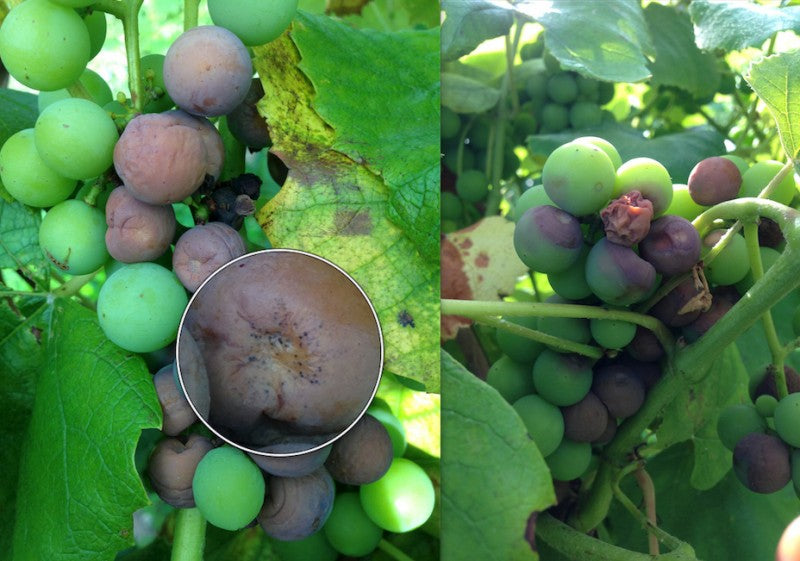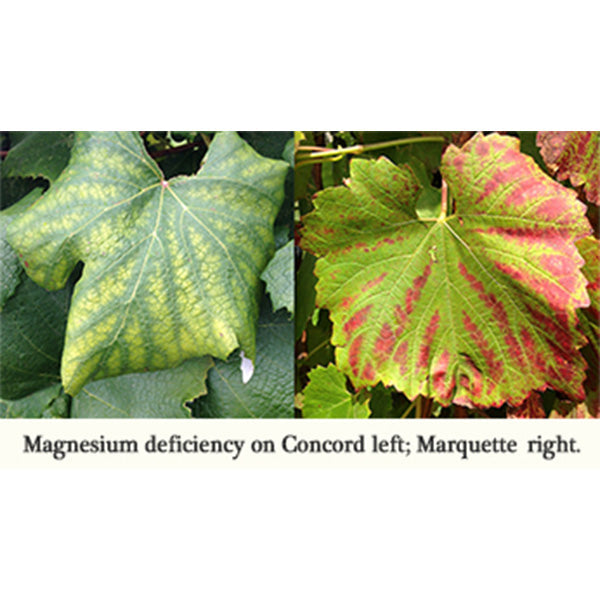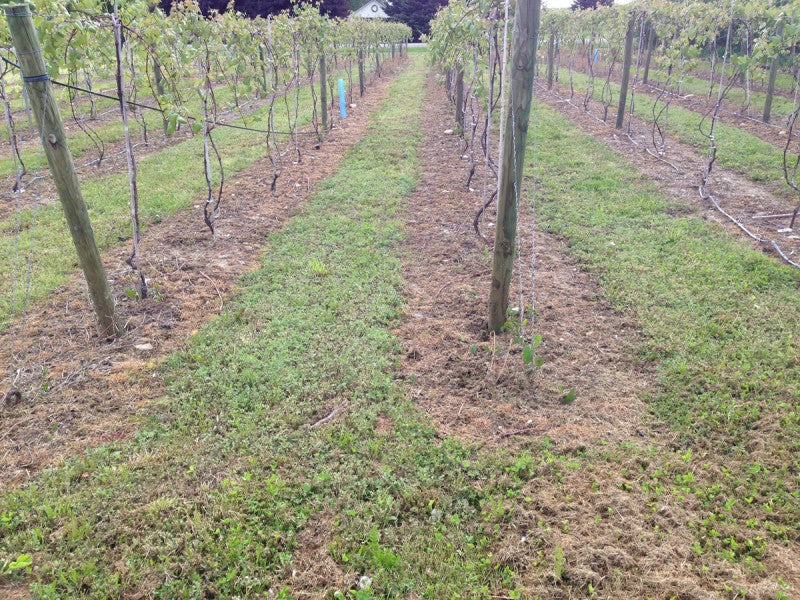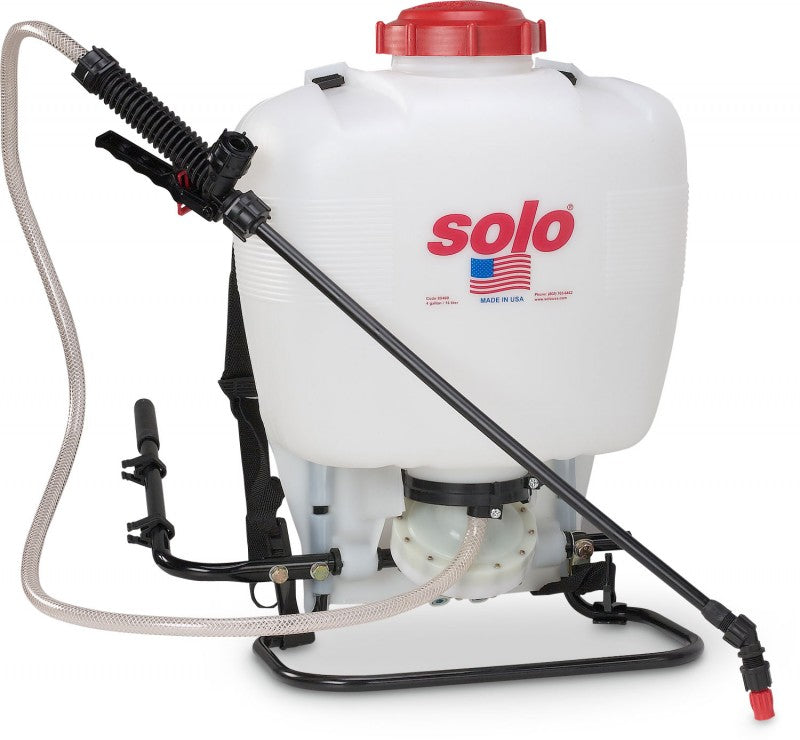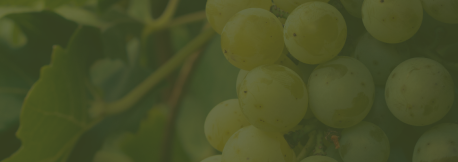Rick Dunst, Viticulturist, Double A Vineyards, Inc. Double A Vineyards offers a full line of crop protection products available to our customers. There are several grape diseases that can cause crop loss directly, through infection of fruit, or indirectly, through loss of leaf area. Various insects feed on grape flowers, fruit, leaves, and roots, resulting in decreased productivity. Weeds can c...
Read More



